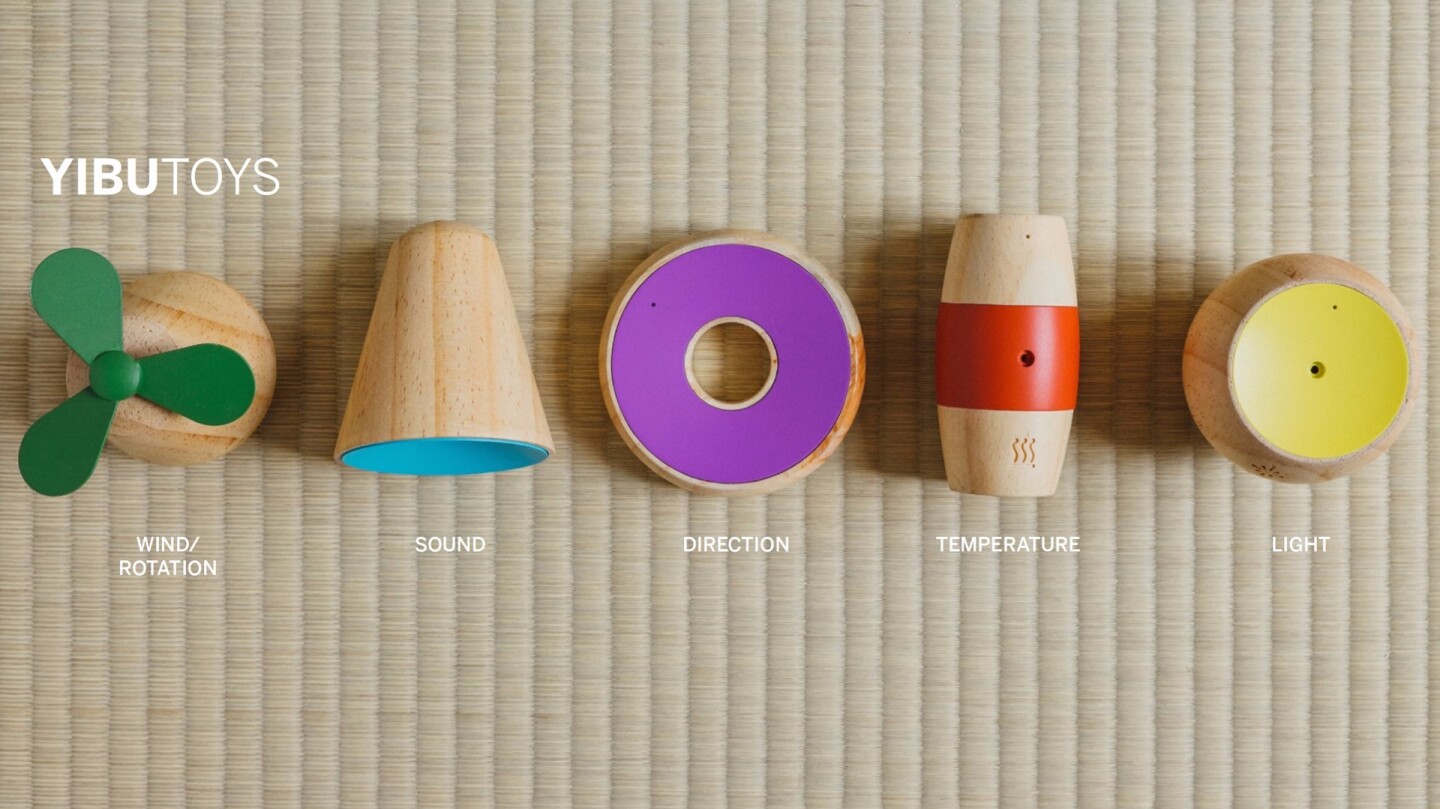It's undeniable that smartphones and tablets have had a huge impact on our daily lives, and one byproduct could be young children spending less time playing with physical, real world toys. A new gaming platform called Yibu is aiming to bring old-fashioned toys back into the mix, blending physical toys with the gaming world of a tablet app.
According to Frog –the company behind Yibu – some 73 percent of childrenaged three to seven use smartphones and tablets. That time spentstaring at a screen directly takes away from hours they wouldotherwise spend playing in the real world, outside or with physicaltoys. If you prefer your kiddos to get the increased spatial problem solving that can come from toys, perhaps Yibu is a happy compromise.
The new platform isdesigned to combine the compelling, even addictive nature ofsmartphone and tablet games with traditional toys. We've seen similarideas from other companies, such as Kickstarter project Pocket Racing, but the Yibu platform is a little different, thanks to itsdiverse range of sensing toys.

The company started developing the platform back in February 2015, experimenting with sensors as a means of telling a story. The name – pronounced "ee-boo" – means "first step" in Mandarin, representing the idea that the product is designed to provide a healthy, stimulating introduction to technology for children.
The prototype of the platform includesfive wooden toys, which were made by a local toy craftsman in Shanghai. Each toy has a different focus, including sound, direction, temperature, light and rotation. Making changes tothe toys directly affects what's happening to the on screen character, a polar bear that the user is tasked with returning to her family.
For example, if youtake the game outside into the sun, the bear will get hot and start tosweat. To combat that, you can either move the light sensor to ashady spot, or blow on the temperature sensor.

The tablet game is alsoconnected to a server, which feeds in information about the realworld that can affect what's happening on screen. Things such as airquality can be reflected in game, as well as weather changes – ifit starts to rain in the real world, it will start to rain in the polarbear's virtual world. Similarly, when the sun goes down outside, thebear will go to sleep.
The ideas here arepretty compelling, but the product is currently still in theconceptual stages, so there's no word on how much it's likely to costif it makes it to retail, or even when it might arrive.
The design of theplatform is such that the sensing tools could be used with othergames, but there are no immediate plans past the current application.Assuming the platform makes it to retail, it will supposedly work with both iPads and Android tablets.
Product page: Frog











